VR for Pain Management
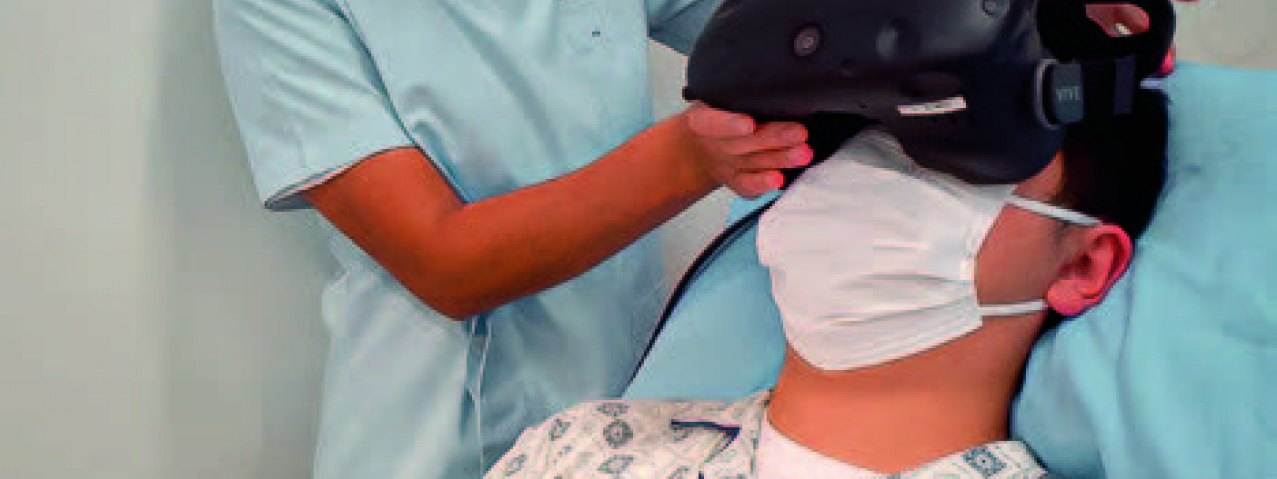
HKDI has worked with different stakeholders on "VR for Pain Management", a well-being design project which adopts design thinking and innovative approach of digital media to develop a pain management experience for patients. The objective of the project is to provide a pleasant, low risk and easily tolerated option for the patients through VR game solution in order to achieve a medication-free surgery and operation.
While VR has become extremely popular in the gaming industry, equal amounts of attention have been given to VR in the healthcare sector. For example, there has been ongoing research on VR aiding recovery of symptoms ranging from eating disorders to post-traumatic stress disorder (PTSD).
HKDI sees well-being design as the major trend in the industry internationally and locally. Different stakeholders in the industry have started to explore deeper meaning of well-being design in different perspectives. Composed of a local medical centre Genesis Minimally Invasive Surgery Centre and doctors of general surgery including Dr. Tony Chan Tung Fei, Dr. Ng Wai Tat and Dr. Tsui Tsun Miu, the project team invited academic experts from HKDI Design Thinking Team, the Transmedia programme under the Department of Digital Media, Health and Life Sciences Department, Dr. Anthony Kong, and Ms. Jasman Pang Wing-yan to provide advice for this VR experience enhancement service.
In the project, VR becomes a tool to help patients to go through difficult times mentally and physically in surgeries. The immersive technology here does not directly cure patients, but provides a service to reduce discomfort, which is equally important for patients.
The VR program revolves around the theme of diving by recreating the context of underwater environment. The context choice was made based on the relaxing and meditative nature of underwater environments.
The system targets the triggering of different emotions among different age groups of users. It aims for relaxation and tranquility within the elderly; joy and excitement for children; and mystery and suspicion for adults. Within each age or emotion group, there are six scenarios for users to explore and interact with. Each scenario comes with tasks to complete and lasts for about six to seven minutes, as advised by medical experts. The entire game continues to run unless someone interrupts the session.
With both visual and sound elements in place, users gain an immersive experience in the VR diving experience. The interactive game setup allows users to stay focused inside the virtual reality instead of the discomfort brought by the surgery, mentally and physically.
20 students from the Health and Life Sciences Department participated in the VR project by conducting experiments, research and prototyping as their final year projects. In the real-life user experience data they collected, participants claimed they were able to calm down and focus on completing VR game tasks during the surgery.
The interdisciplinary project not only contributes to project-based learning for our students, but also the collaboration approach in VTC and network buildings with industries in the forms of industrial attachment and career by combining the development of a set of VR equipment (hardware) with an immersive game programme (software) with industry practitioners.
Others
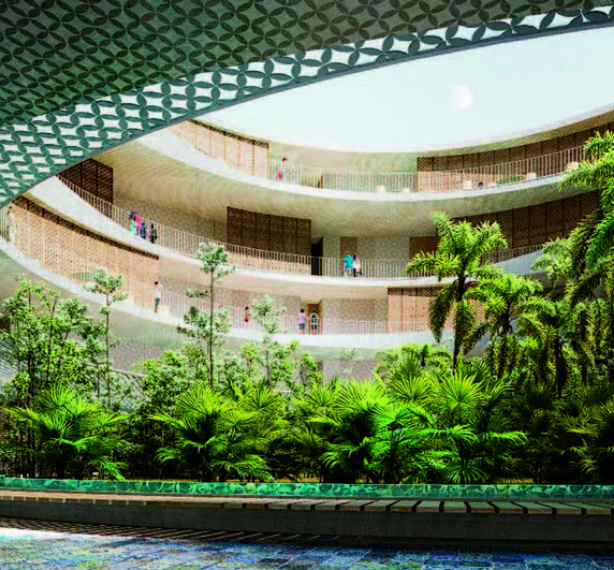
Latest News | 1 January 2023
Mario Cucinella on Green Architecture
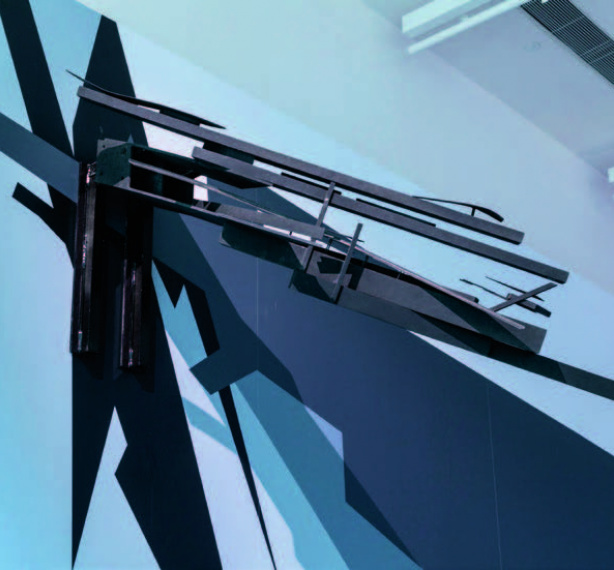
Latest News | 1 January 2023
The Future of Urbanism
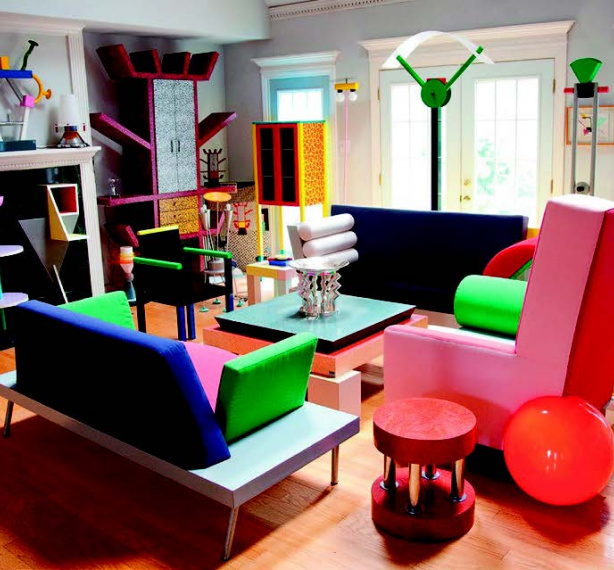
Latest News | 1 January 2023
Beyond Design

Latest News | 1 January 2023
A Feel for the Future of Bioengineering

Latest News | 1 January 2023
Sampling the Future of Fashion

Latest News | 1 January 2023
A Step Beyond Wrapping Products
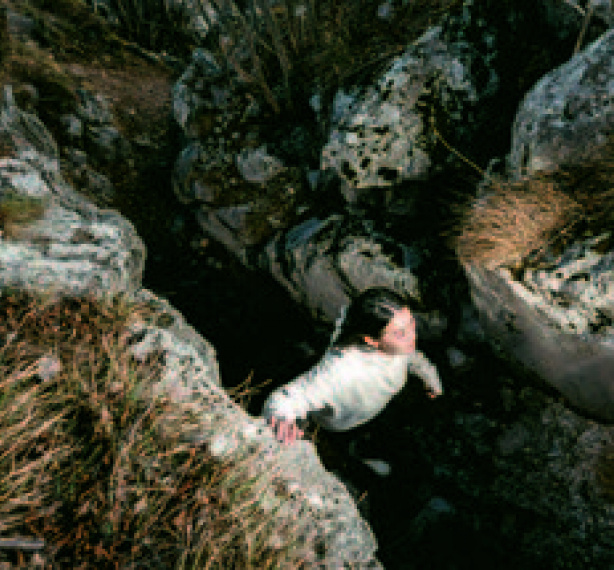
Latest News | 1 January 2023
Spider-Inspired Eco-Fabric

Latest News | 1 January 2023
Fungi Stakes a Claim in the Luxury Market
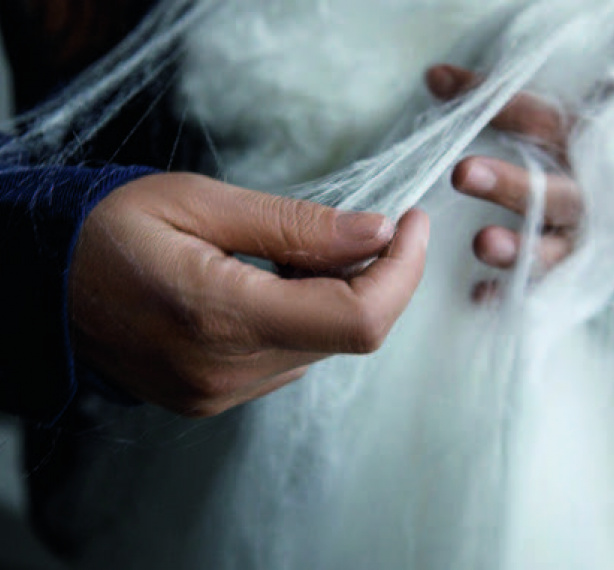
Latest News | 1 January 2023
Rethinking the Everyday: Material Non Material

Latest News | 1 January 2023
Why Digital Materials are Critical to the Future of Fashion

Latest News | 1 January 2023
The True Metaverse will be Decentralized

Latest News | 1 January 2023
Game Changer Artificial Intelligence, from Automation to of Digital Systems
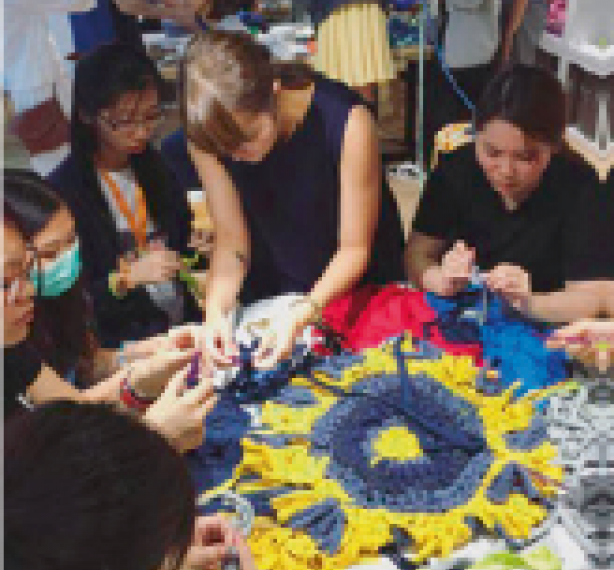
Latest News | 1 January 2023
Sustainability in Education

Latest News | 1 January 2023
The Tree Project Vision
Latest News | 1 January 2023
test
